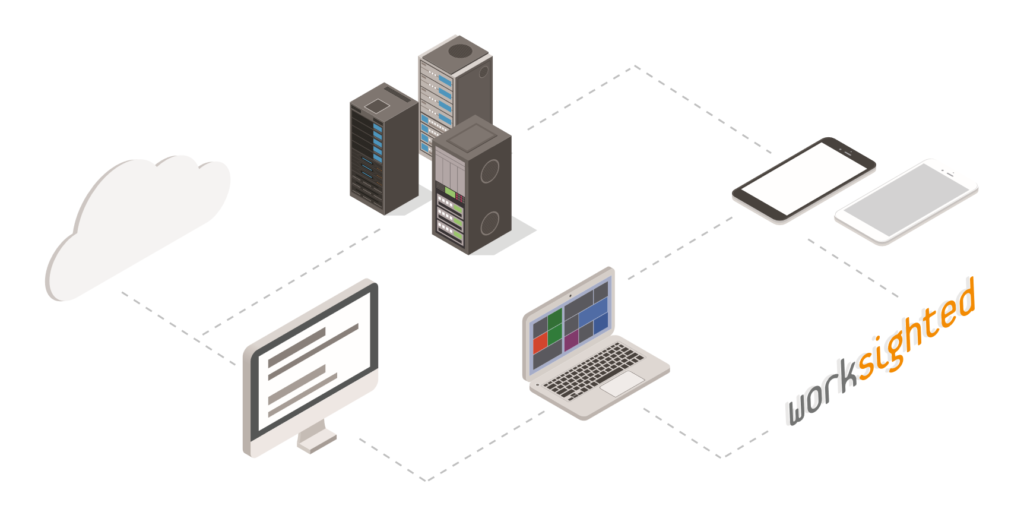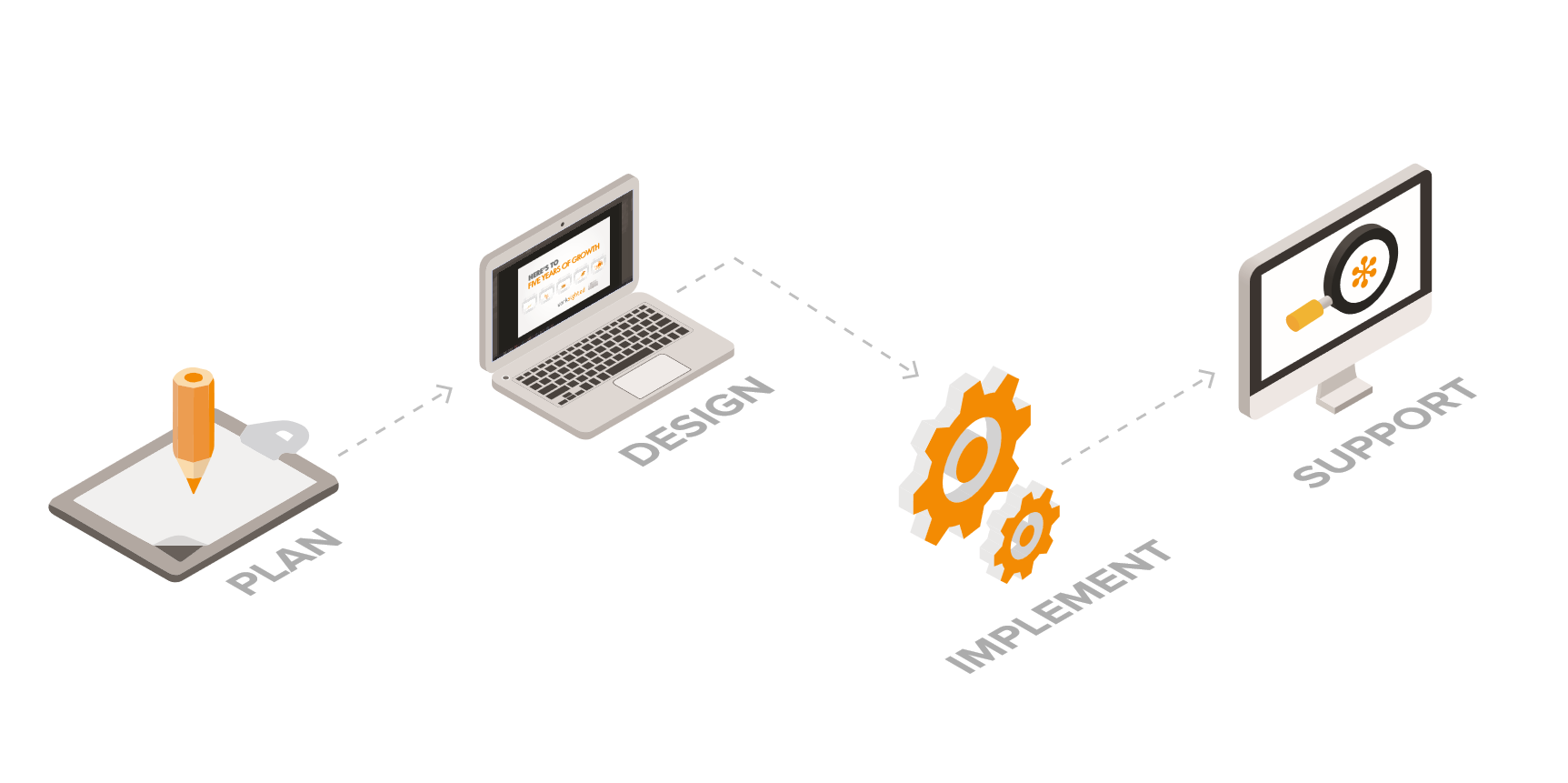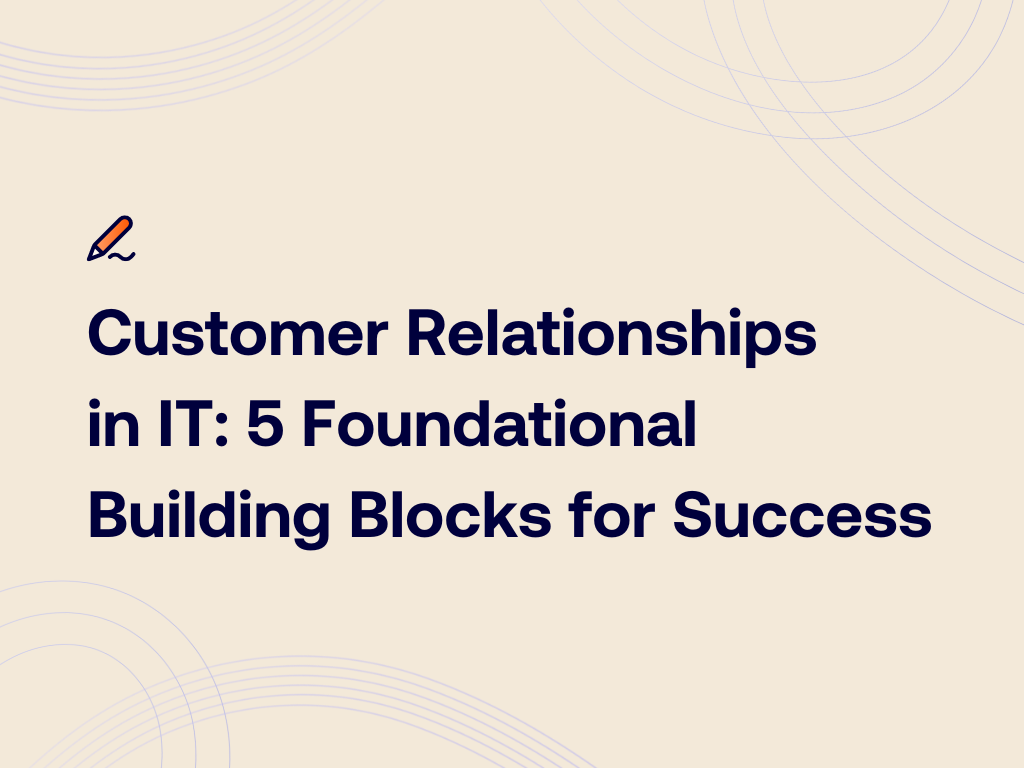Adapting to Workforce Technology Change
Customers expect more, and they’re only going to get it from employees who are quick, well-informed, and equipped to respond. Technology is crucial to enabling that. There are currently a number of opportunities to embrace significant changes in technology to enable employees.
1. IT’s priority should shift to enabling better customer experiences
Forrester’s Business Technographics Global Priorities and Journey Survey found business and technology decision-makers ranked customer experience as their highest priority last year.
This means:
- Prioritizing initiatives that affect the tools that impact customers most, including the user experience of employees
- Enabling employees to go mobile with apps that improve operational tasks; Forrester found that app-enabled employees are 20 percent more likely to agree that their customers are satisfied
2. Set your workers free
Forrester also found that workers are now 60 percent more likely to work away from the office. Workers need to be mobile, and they need to be able to bring their own devices. One thing workers crave is the ability to work uninterrupted, something most don’t get in the office. The ability to work uninterrupted is given by 25 percent of employees as a reason for why they would be more productive working from home.
As long as workers feel strongly about it, the debate is over. If you can’t find ways to expand flexible work and incorporate a bring your own device (BYOD) policy, employees will go somewhere that does. Fortunately, enterprise mobile management platforms and modern software as a service applications make it easier than ever to separate work and personal data.
Now is also the time to implement or expand the use of client virtualization technologies to benefit from the ability of the cloud to close the flexibility gap.
3. Make room for robots
New technologies that can handle physical and mental tasks—behind the scenes and for customers—will soon affect 10 percent of all jobs. They aren’t necessarily taking over entire jobs. In some cases, they’re just automating parts of the job.
IT needs to step up to choose, test, and deploy robots and automation where possible. That means building a coalition of leaders and HR professionals.
4. Windows 10 is the enterprise standard
Windows 10’s contribution to the lineage is improving the enterprise desktop experience in meaningful ways. As that’s how most of your employees experience computing, Windows 10 is the new enterprise standard. Almost half of global enterprises will upgrade to Windows 10 by the end of 2016, Forrester reports.
Forrester cites the reasons those enterprises give as including:
- Usability improvements
- Better remote management features
And employees want it too. Forrester found that 38 percent of information workers want Windows 10 on their next work laptops. That’s a win for IT because of Windows 10’s improved self-service features.
If you want to learn more emerging technologies, let’s chat.




